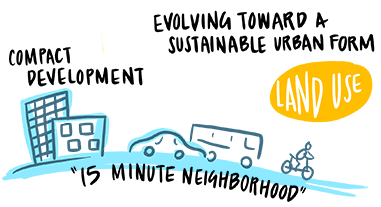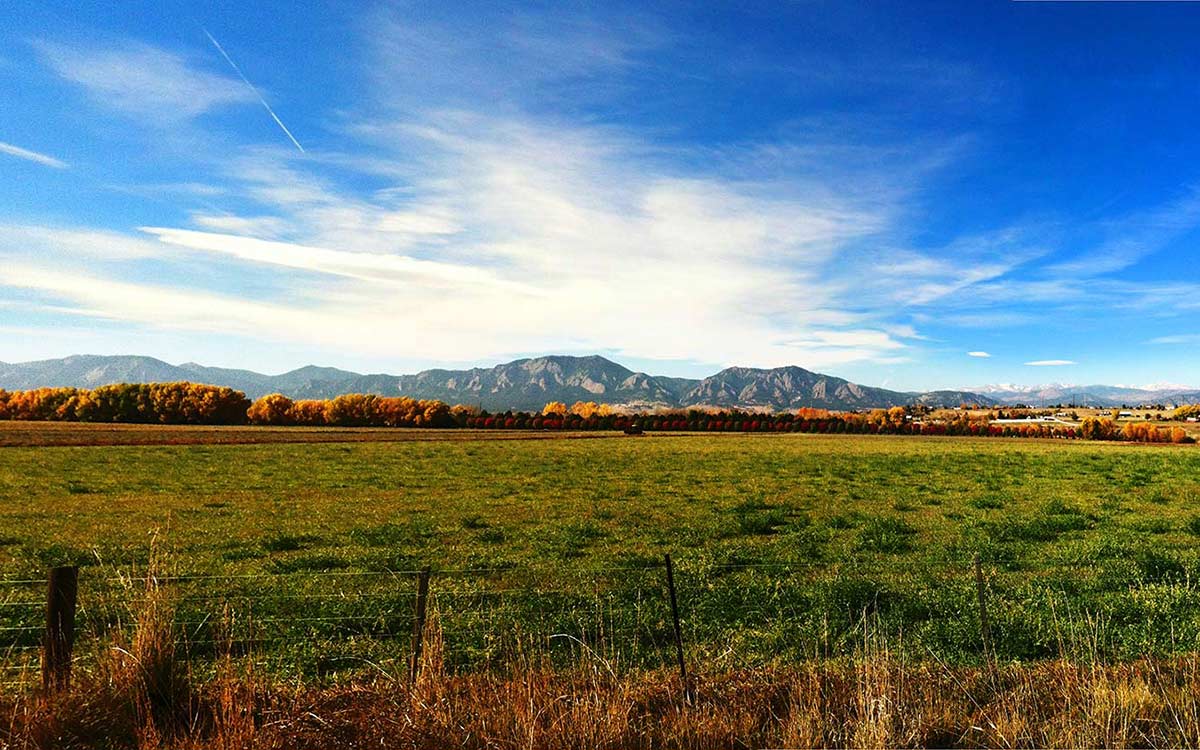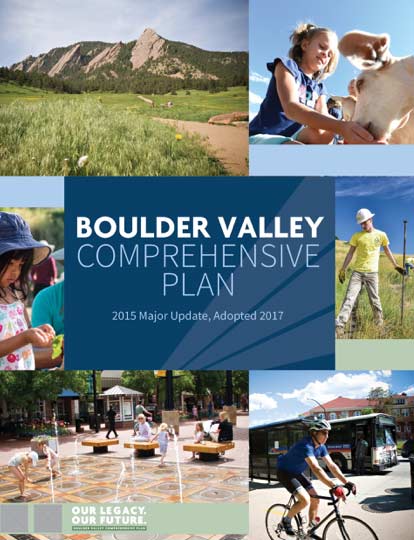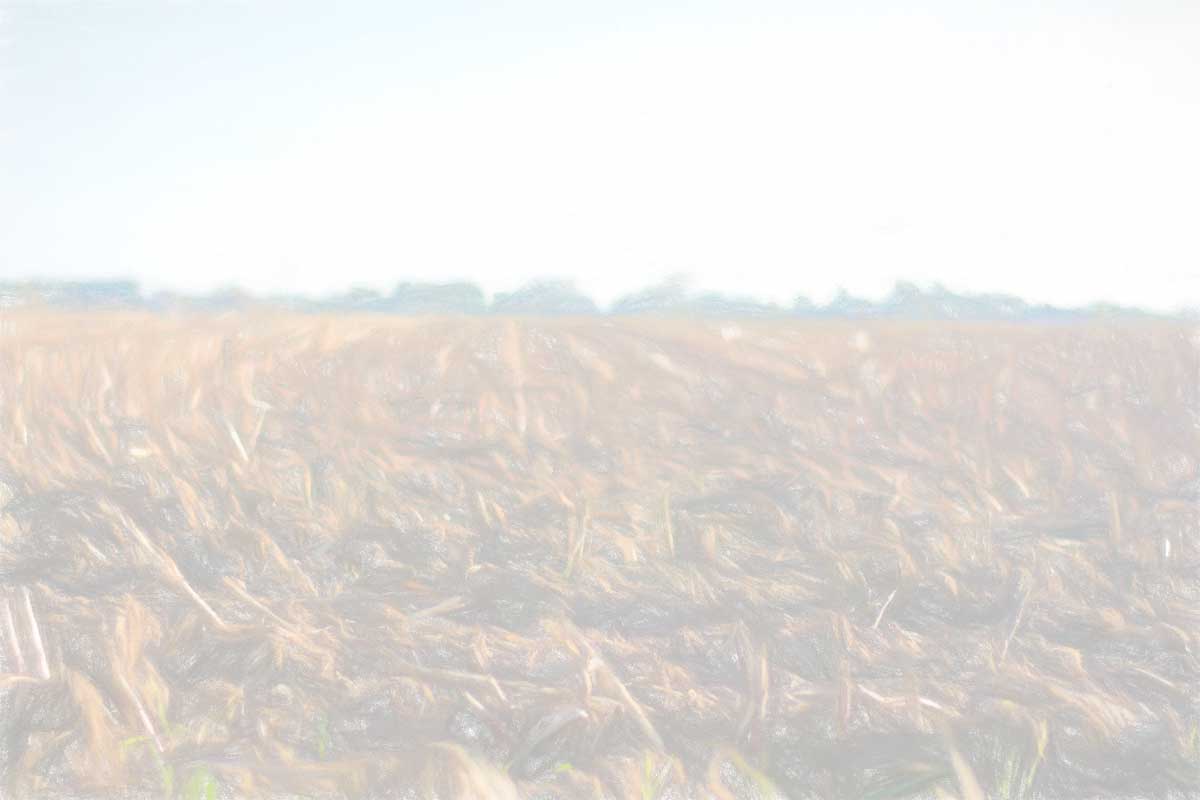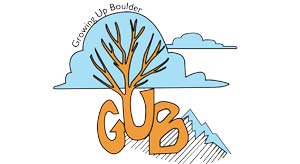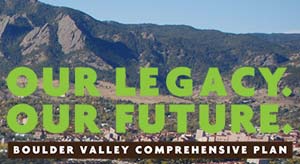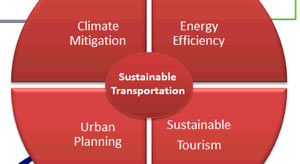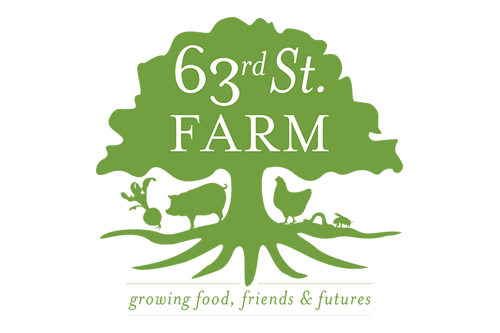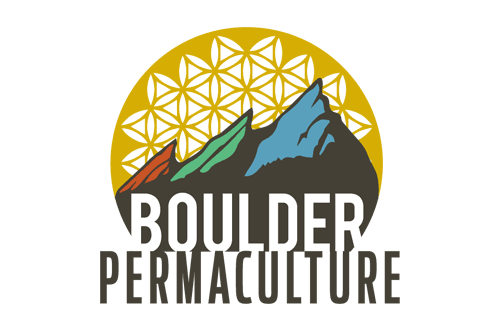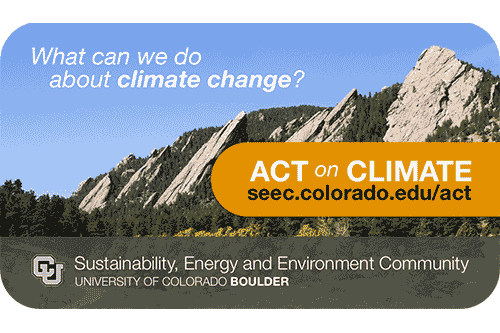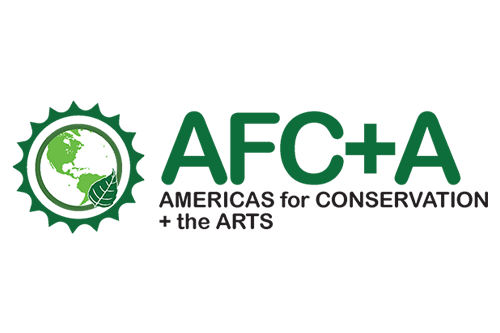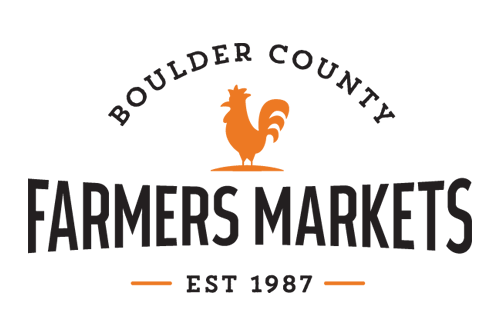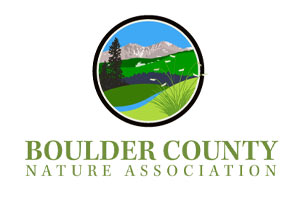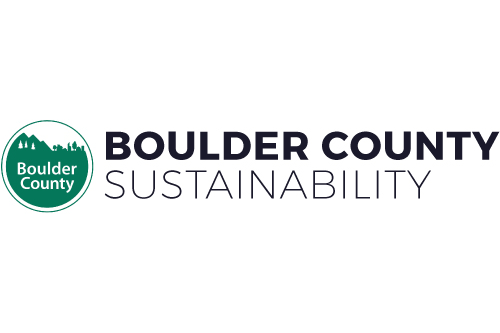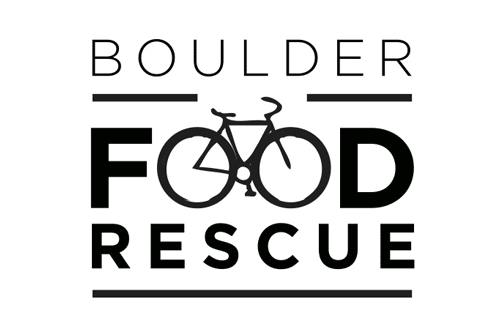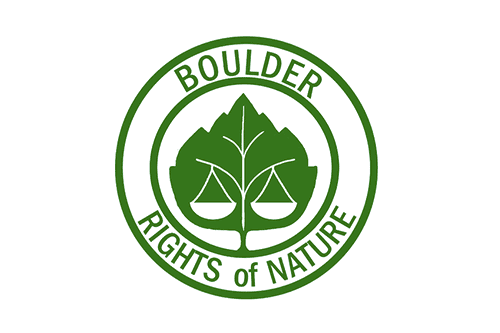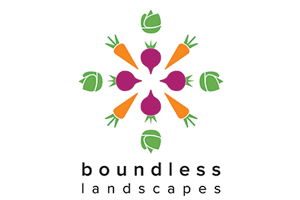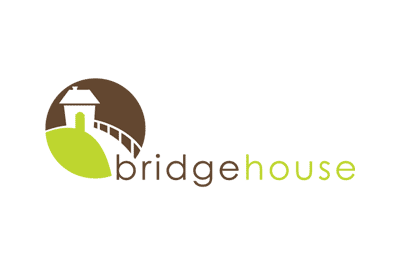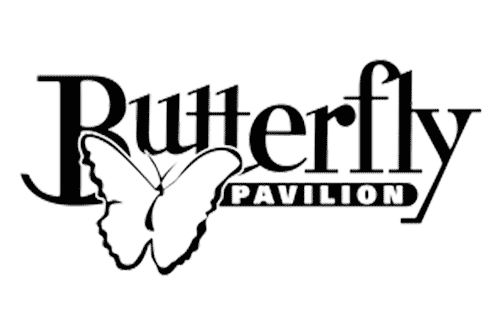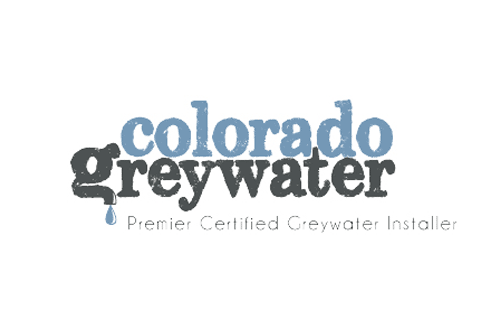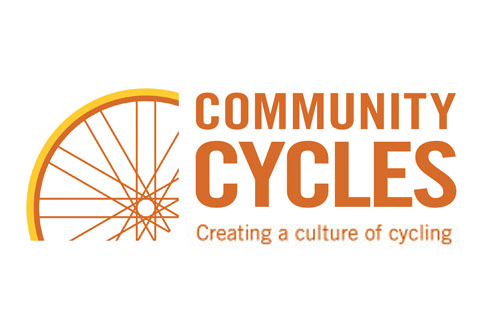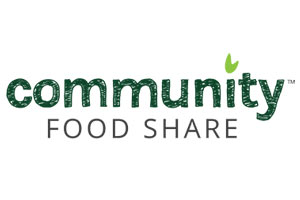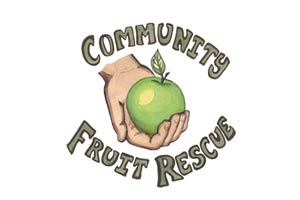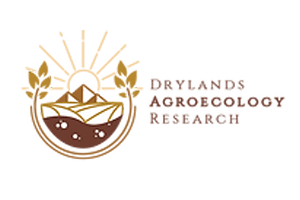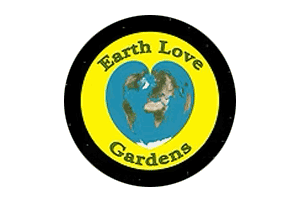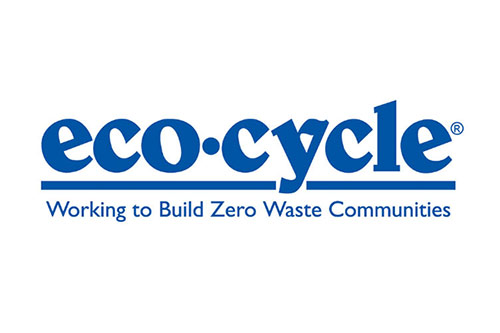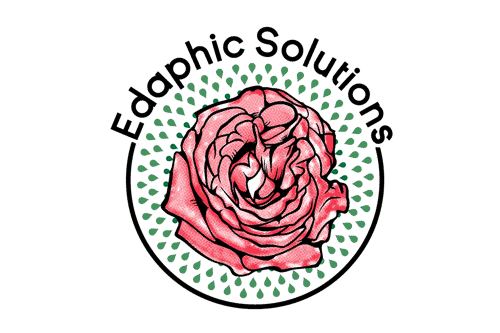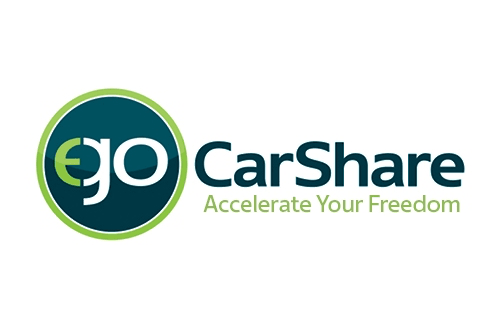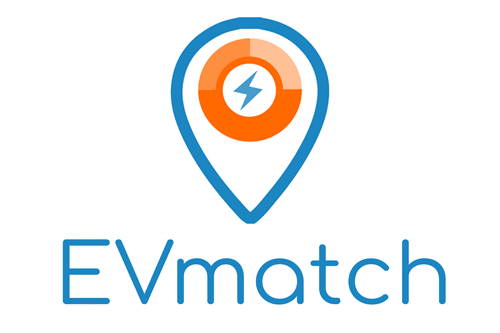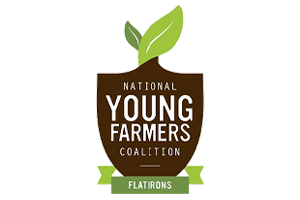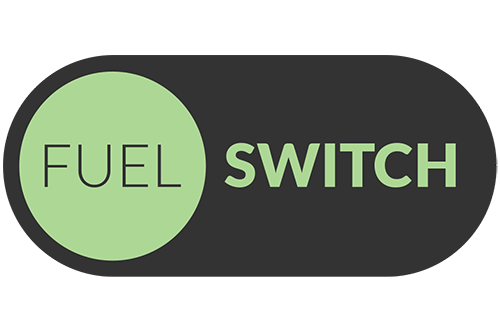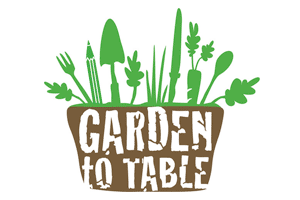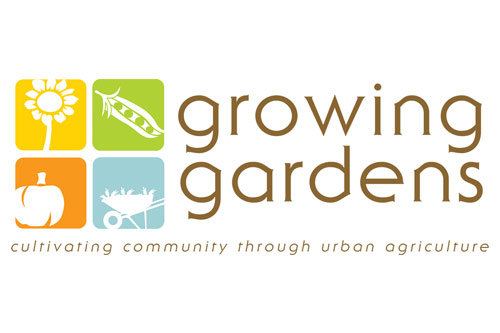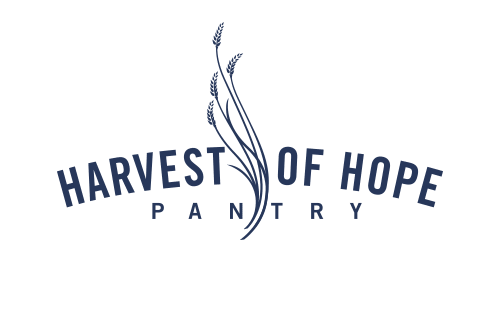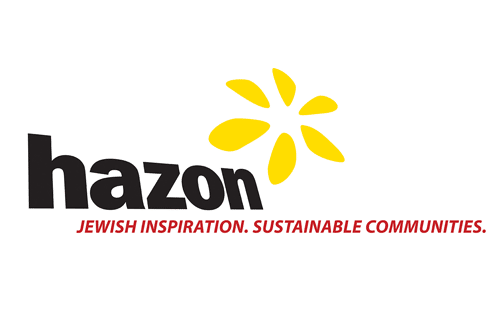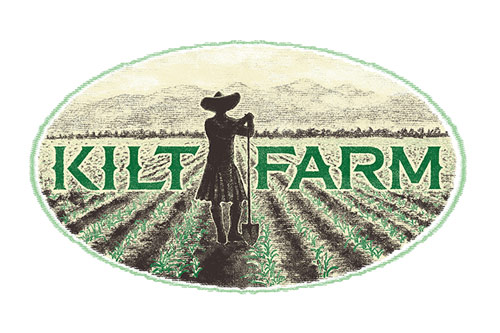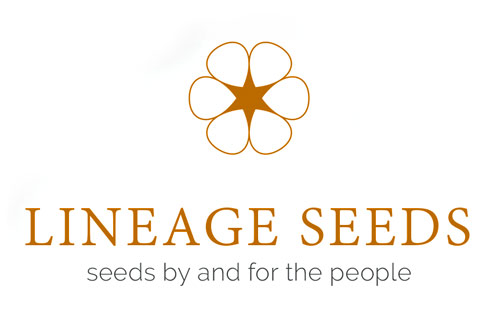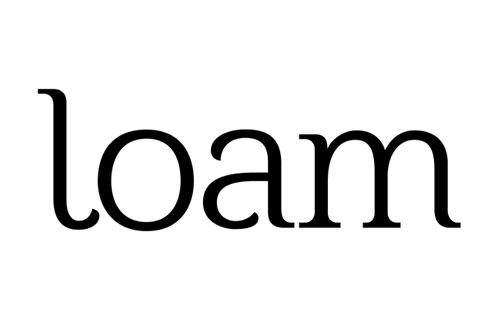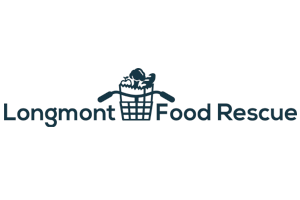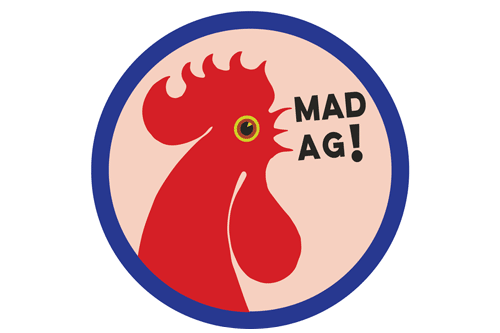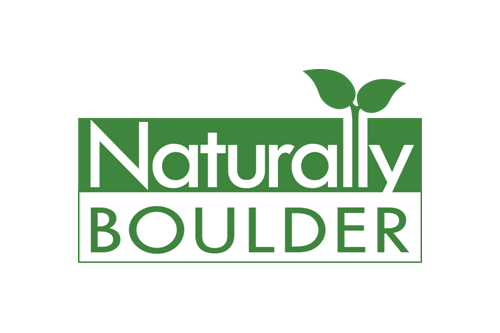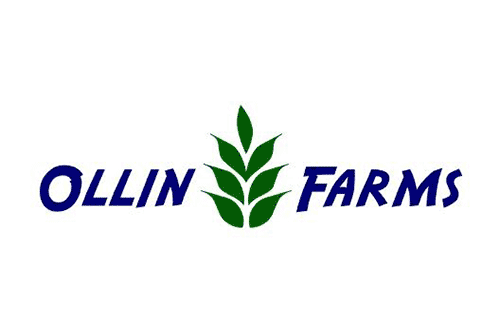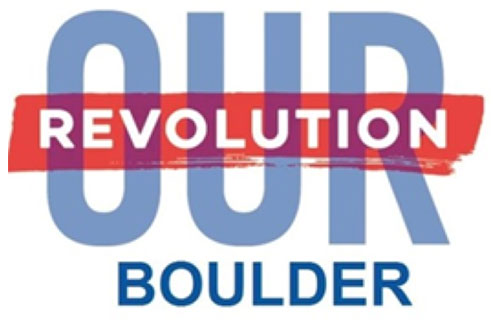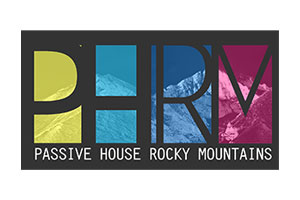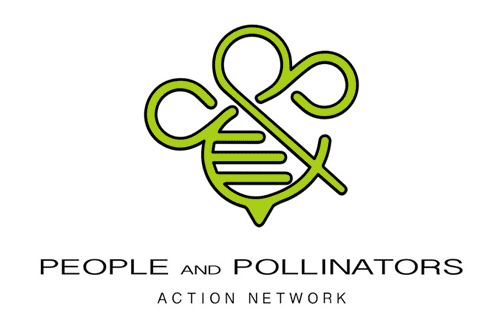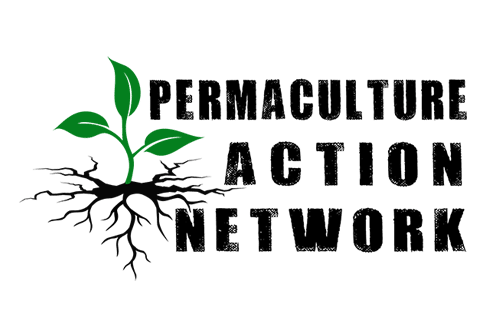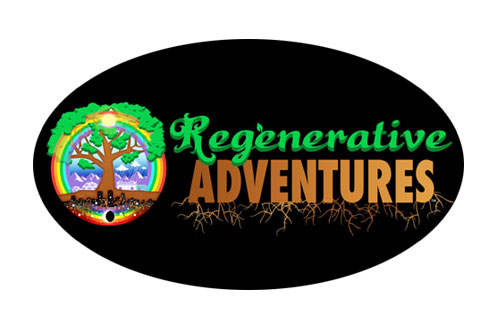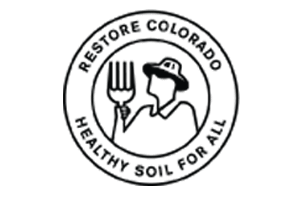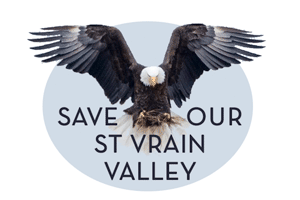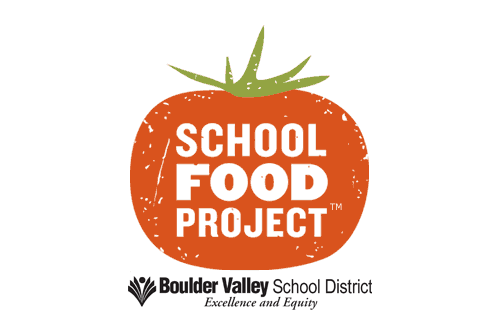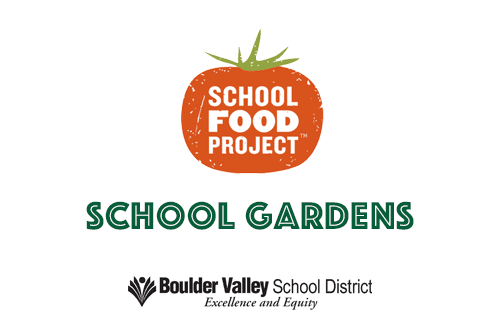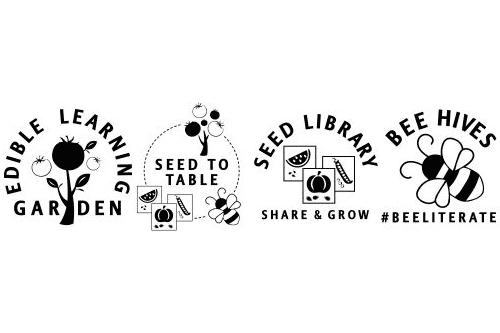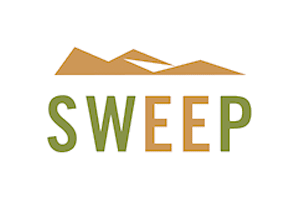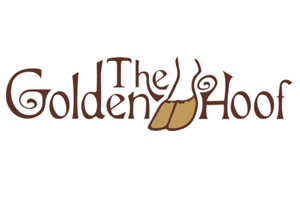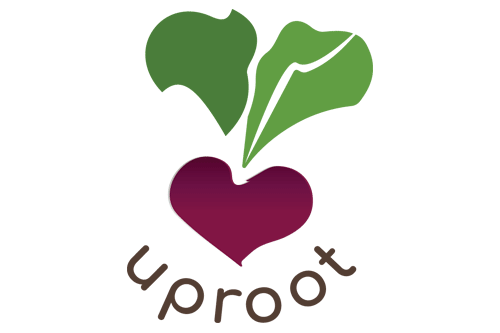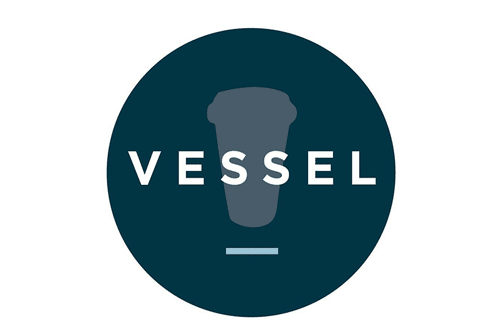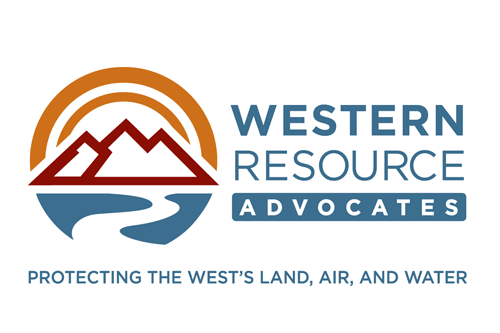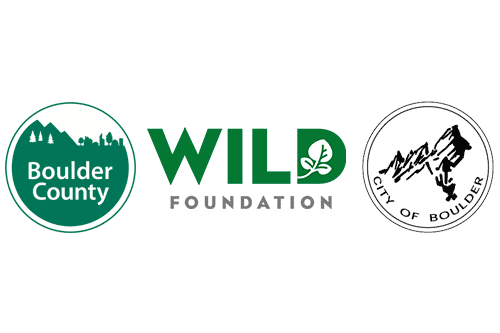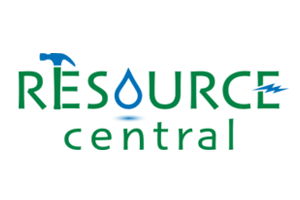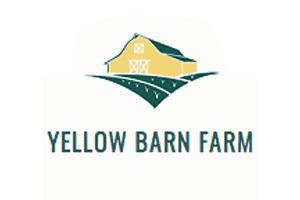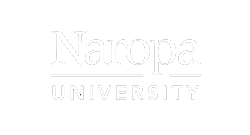Focus Area: Land Use
This is the focus area for you if you want to explore these questions:
• How do our land use decisions impact our energy use and emissions?
• How can we design communities to reduce consumption of all resources?
• How do we do so while aligning with the Boulder Valley Comprehensive Plan?
Topics might include:
EcoPasses for Everyone | Zoning and Density | Regenerative Agriculture | Affordable Housing
Learn More About Land Use
from these helpful resources, websites, and stories
Young People’s Ideas for 15-Minute Neighborhoods
In a 15-minute neighborhood, people can access their basic needs (parks, food, etc.) within 15 minutes of walking, biking, or transit. Growing Up Boulder, a program of the University of Colorado Boulder’s Community Design and Engagement Center (CEDaR), explored young people’s conceptions of and desires for 15-minute neighborhoods. Visit Website
Boulder Valley Comprehensive Plan
Used by the City and Boulder County to guide long-range planning, the review of development proposals and other activities that shape the built and natural environments in the Boulder Valley, this plan helps the community create and preserve a sustainable future for the Boulder Valley and a high quality of life. Learn More
How to Look at Sustainable Transportation
The Global Development Research Center has a good overview of sustainable transportation. It highlights systems, policies, and technologies including efficient transit of goods and services, sustainable freight and delivery systems, vehicle-free city planning, pedestrian and bicycle friendly design of neighborhoods, telework and teleconferencing. Read Overview
Sources of Greenhouse Gas Emissions: Source: U.S. Environmental Protection Agency
The Transportation Sector is the largest single source of GHGs in the U.S. Within this sector, mobility conducted by passenger cars and light-duty trucks constitutes the biggest category of sources. The necessity to move by vehicle, and the means by which that movement occurs (car, bus, other) are in large part a function of our Land Use decisions. Visit Site
Land Use and Land Cover Change: Source: National Climate Assessment
Choices about land use and land management affect the amount of greenhouse gases entering and leaving the atmosphere and, therefore, provide opportunities to reduce climate change. Visit Site
LEED – Neighborhood Development: Source: U.S. Green Building Council
LEED – Neighborhood Development is a certification program designed to evaluate the sustainability of neighborhood-scale development, considering factors such as location, neighborhood pattern and design, green infrastructure and buildings, innovation, and regional priorities. Visit Site
Location Efficiency and Housing Type: Source: U.S. Environmental Protection Agency
Creating more energy-efficient communities and buildings would reduce our impact on climate change. Visit Site
Research on Land Use and Transportation Planning: Source: California Air Resources Board
CARB’s research program seeks to better understand the impacts of land use and transportation strategies on travel behavior, greenhouse gas emissions, air pollution exposure, equity, and health. Visit Site
Recently Submitted Comments & Suggestions
Let’s Look At: Density does not equal affordable in Boulder, it equals higher prices Building rating stickers for efficiency -like MPG but for buildings done at transaction Combine comprehensive plan, transportation planning and parking planning No natural gas (methane) to new development Keep undeveloped natural landscapes undeveloped – put housing in already developed areas – make housing that is already built affordable
Show Recently Submitted Comments & Suggestions
- Cargo bike rentals
- More affordable housing as part of projects
- We have to pick two of the three: compact (i.e. not sprawling), affordable (i.e. inclusive), suburban, (i.e., not dense) – pick first two
- Combine comprehensive plan, transportation planning and parking planning (Justin Brent)
- Oil and gas development regulations cessation
- Openness to changes to encourage and allow greenhouses and ways to provide favorable environment for plants and food + education about how to construct to grow food/manage grow without chemicals and fossil fuel
- Building rating stickers for efficiency -like MPG but for buildings done at transaction
- State and local level restrictions on what HOA/covenants are allowed to mandate for lawns
- Don’t violate zoning and height restrictions for big block developments – instead do Minneapolis’ additional house per lot -no more big developments
- Density does not equal affordable in Boulder, it equals higher prices
- Yes, we will need more density to make transport efficient
- No natural gas (methane) to new development
- More densification! Not everyone needs a single-lot dwelling. We can be beautiful urban.
- Water usage, water waste – too many areas: private, HOA associations, area surrounding businesses are using water to water lawns
- Stop using watering sidewalks, bike lanes, streets
- Please stop building in our floodplains and natural areas – please read latest Audubon report (___)
- Cap on parking spaces to discourage cars (Dan)
- You do not have to have a dense urban development to be sustainable – there are many rural and suburban areas that are sustainable too (Donna G)
- Keep rural unincorporated areas ___ and the city rural and unincorporated – do not annex and densify these areas (Donna G)
- Keep undeveloped natural landscapes undeveloped – put housing in already developed areas – make housing that is already built affordable (Donna G)
- Will everyone be living in the same type of housing? What about people who want big houses?
- Solar arrays on open space
- Tiny home villages
- More dense mixed-use housing can go a long way in helping achieve our climate goals
- A hiring manager will hire someone for their skills and not where they live
- Electric BVSD buses (Mary H)
- So much of the urban grassland people see on a daily basis in Boulder is mowed, creating dry, hard hydrophobic soil – these roadsides, trail sides, medians and on/offramps are the most common interaction people have with our ecosystem dry stubble – we can change how people relate to the environment if we can change how those spaces appear
- More local plant food production
- Clearly articulated goals around increase “multi-modal” transportation not prioritizing automobile traffic – reclaiming “public” use of our roads
- Stop leaky ditches
- Provide education to the community – more accessible to all
- Always ask, “how does this benefit the soil?”
- Pollinator gardens/highways


